Succulents are a popular type of plant because they have a unique look, don’t need much care, and can grow in a wide range of conditions. But what many people may not know is that there are many different succulent types, each with its own traits and needs for growing. It’s important to know the different kinds of succulents so you can take care of them properly.
Table of Contents
Why understanding the different types of succulents is important
Different types of succulents have different shapes, sizes, colors, and textures, making them unique and interesting to observe. Some types of succulents have thick, fleshy leaves, while others have spines or thorns. Some succulents are tall and narrow, while others grow low to the ground and spread out. Knowing the type of succulent you have will allow you to provide it with the appropriate amount of light, water, and fertilizer it needs to thrive.
Some types of succulents are more suited to certain environments than others. For example, some succulents are native to arid, desert-like climates and require less water and more sunlight, while others are native to tropical regions and require more shade and humidity. Understanding the growing requirements of your succulent type will allow you to create an environment that is ideal for its growth and health.
Cacti Succulents
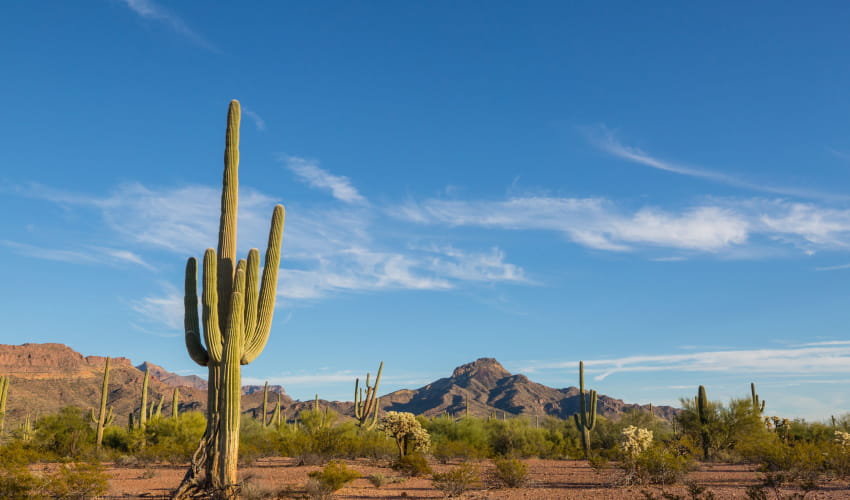
Cacti are a unique type of succulent that are known for their prickly spines and unusual shapes. These succulents are often associated with desert environments and are able to withstand extreme temperatures and minimal water. Unlike other types of succulents, cacti have distinct characteristics that set them apart from the rest.
Cacti succulents have thick, fleshy stems that store water for times of drought. They also have specialized structures called areoles, which produce spines, hairs, and flowers. The spines of cacti are not only used for protection against predators, but also for absorbing water from the atmosphere. In addition, cacti succulents have shallow root systems that allow them to absorb water quickly after rainfall.
There are numerous types of cacti succulents, each with its own unique features. For example, the Golden Barrel Cactus is a round, ball-shaped cactus that is covered in golden spines. The Old Man Cactus, as the name suggests, has a fluffy white appearance due to the long white spines covering its body. The Saguaro Cactus is an iconic symbol of the American Southwest and can grow up to 50 feet tall with distinctive “arms” branching out from the main stem.
Aloe Succulents
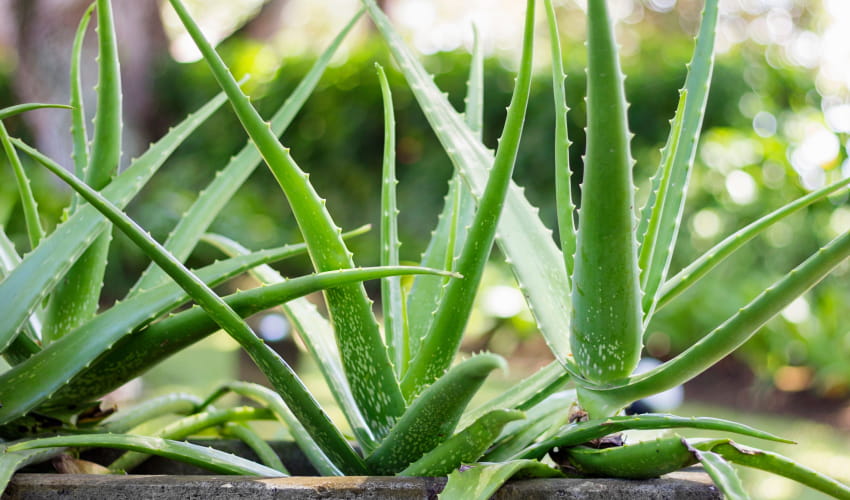
Aloe is a popular type of succulent that is known for its medicinal properties. They belong to the Aloe family, which consists of over 500 species. Aloe succulents have thick, fleshy leaves that are often pointed and toothed at the edges. Their leaves can range in color from light green to dark green and may have spots or stripes.
Aloe vera is one of the most well-known types of aloe succulents. Aloe vera is known for its healing properties and is commonly used in lotions, shampoos, and other skincare products. Another type of aloe succulent is Aloe aristata, which has distinctive white spots on its leaves and is often referred to as the “lace aloe.” Aloe juvenna, also known as the “tiger tooth aloe,” has distinctive teeth along the edges of its leaves that resemble tiger teeth.
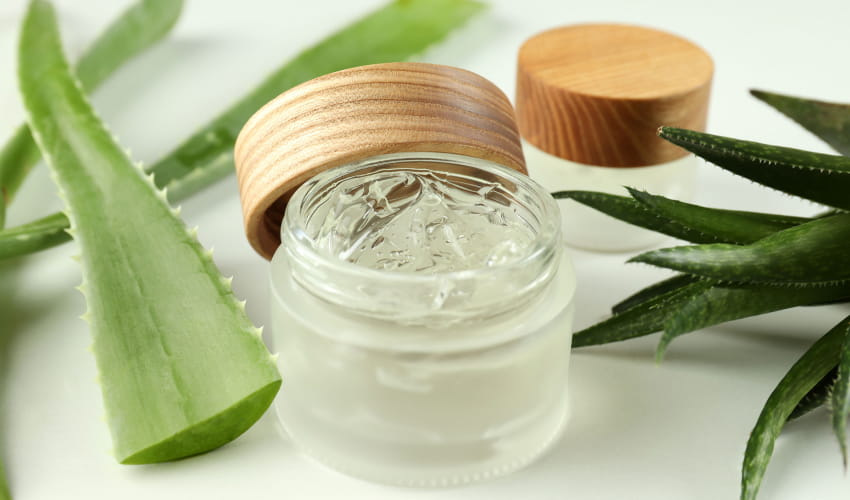
Aloe succulents are easy to care for and make great indoor plants. They prefer bright, indirect sunlight and well-draining soil. When watering, it is important to let the soil dry out completely between waterings to prevent overwatering and root rot. Aloe succulents can be propagated easily by removing offsets or by leaf cuttings.
Echeveria Succulents
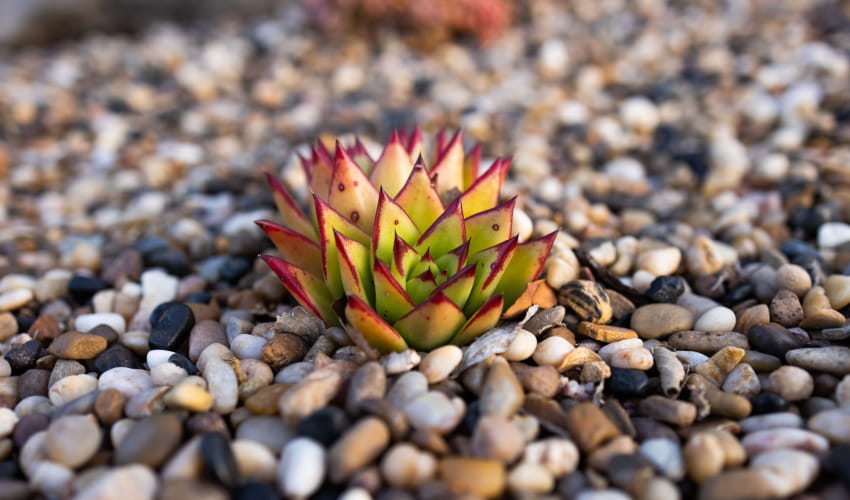
Many gardeners and succulent enthusiasts adore the popular succulent known as the Echeveria. These plants are native to Mexico and Central America and are known for their beautiful rosette-shaped leaves that come in various colors, including green, pink, red, and purple. Echeveria succulents are versatile and can be grown in different types of containers, including pots and hanging baskets.
The physical characteristics of Echeveria succulents include their thick, fleshy leaves that are arranged in a circular pattern around the stem. The leaves are usually pointed and come in various shapes, including spoon-shaped, oval-shaped, and lance-shaped. Echeveria succulents also produce tall stems that bear clusters of flowers in different colors, including red, pink, orange, and yellow.
Some of the popular types of Echeveria succulents include Echeveria elegans, Echeveria agavoides, and Echeveria imbricata. Echeveria elegans is a small succulent that has a rosette shape and pale green leaves. This plant is ideal for growing in small containers and is easy to care for. Echeveria agavoides, also known as the “Lipstick” plant, has red tips on its green leaves and produces small, red flowers. This plant is ideal for adding color to any succulent arrangement. Echeveria imbricata is a medium-sized succulent that has blue-green leaves and produces clusters of orange flowers. This plant is ideal for growing in rock gardens and is drought-tolerant.
Haworthia Succulents
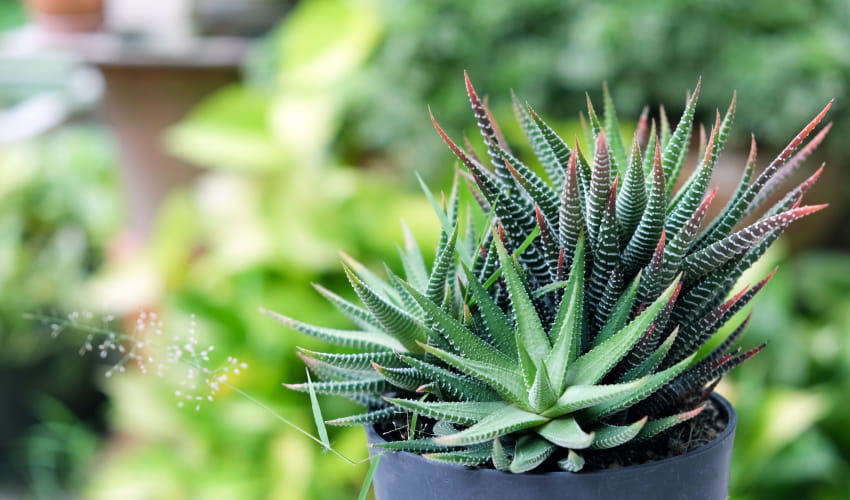
Haworthia is a genus of small succulent plants that are native to Southern Africa. They are characterized by their rosette-shaped leaves that are arranged in a spiral pattern and their small white or pink flowers that grow on thin stems. Haworthias are a popular choice for indoor and outdoor gardening due to their unique shapes and easy-care requirements.
Haworthia succulents’ physical characteristics vary greatly depending on the species. They range in size from small plants that are just a few inches tall to larger plants that can reach up to a foot in height. The leaves of haworthias are usually fleshy and thick, with patterns and textures that are unique to each species. Some haworthias have smooth, glossy leaves, while others have leaves that are covered in bumps, ridges, or spines.
Some common types of Haworthia succulents include Haworthia attenuata, which is also known as the zebra cactus due to its striped leaves, and Haworthia fasciata, which has smooth, curved leaves that form a rosette shape. Other popular Haworthia species include Haworthia cooperi, which has pointed leaves that curl back slightly, and Haworthia retusa, which has flat, triangular leaves with a pointed tip.
Sedum Succulents
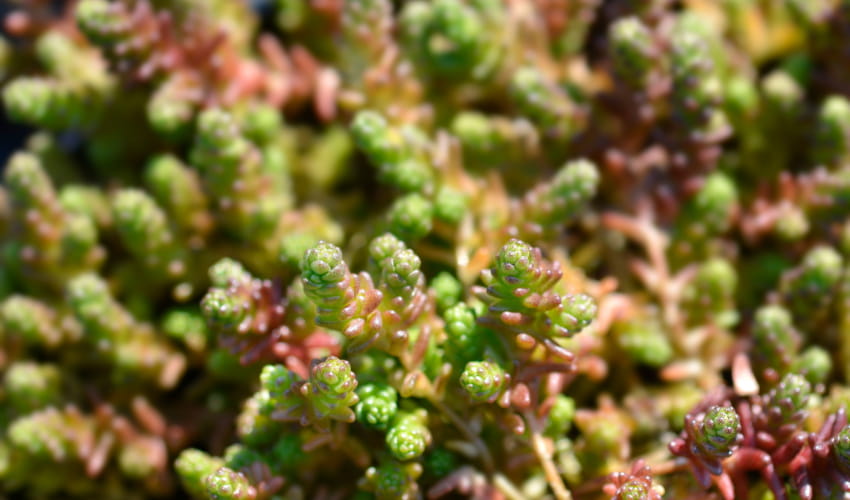
Sedum succulents are a group of plants that belong to the family Crassulaceae. They are native to many parts of the world, including North America, Europe, and Asia. Sedums are known for their low-growing, mat-forming habit, and ability to tolerate a wide range of growing conditions. These plants are often used as groundcovers or accent plants in rock gardens and container plantings.
The physical characteristics of sedum succulents can vary depending on the species. Most sedums have fleshy, succulent leaves that are arranged in a rosette or opposite pattern. The leaves can range in color from green to silver, blue, purple, and red, and may be smooth, hairy, or waxy to the touch. Sedum flowers are typically star-shaped and come in a range of colors, including white, pink, red, and yellow.
Some common types of sedum succulents include Sedum acre, Sedum spurium, and Sedum sieboldii. Sedum acre is a low-growing, spreading plant with tiny, needle-like leaves that turn red in the sun. Sedum spurium is a mat-forming plant with rounded leaves that are green, red, or purple in color. Sedum sieboldii has blue-green leaves that form rosettes, and produces pink or white flowers in the summer.
Sedums are a popular choice for those who are new to succulent gardening, as they are easy to care for and propagate. They prefer well-draining soil and moderate watering and can tolerate full sun to partial shade. Sedums are also known for their ability to attract pollinators like bees and butterflies, making them a great addition to any garden or landscape.
Other Succulent Types
Aside from cacti, aloe, echeveria, haworthia, and sedum succulents, there are numerous other types of succulents that are worth exploring. Some of these lesser-known succulent types include agave, kalanchoe, crassula, sempervivum, and lithops, just to name a few.
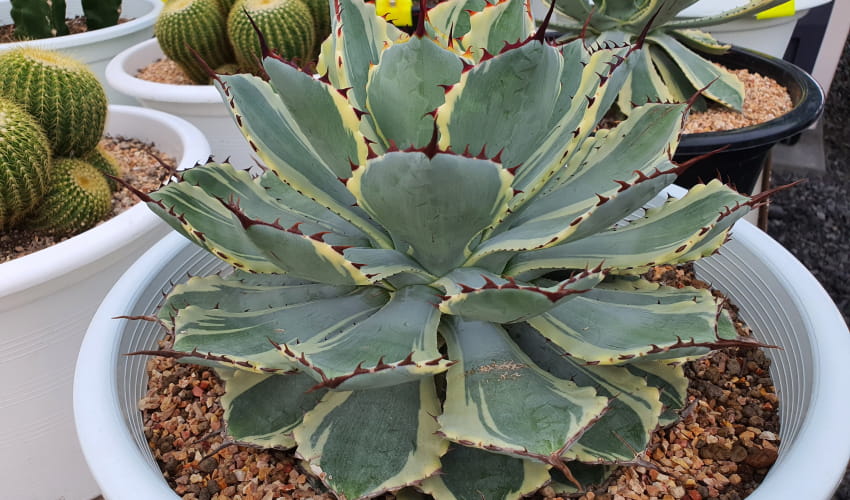
Agave succulents are known for their sharp, rigid leaves that are usually arranged in rosettes. They are commonly used in landscaping, and some species are even used to make tequila!
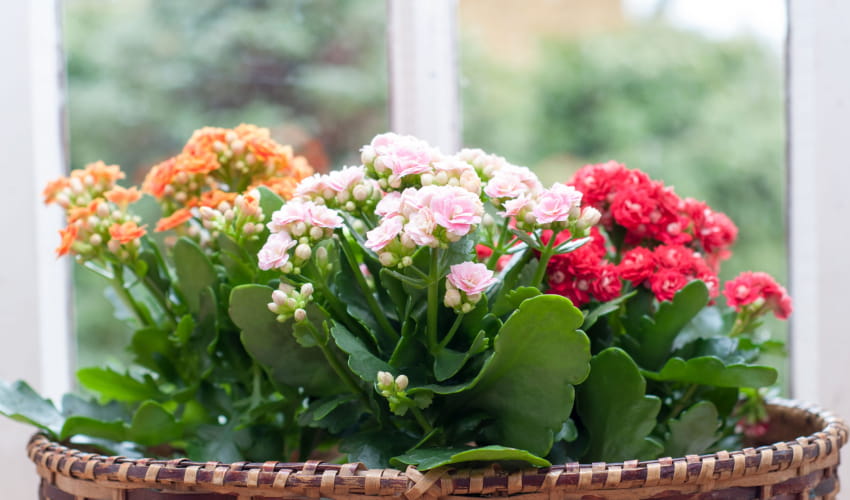
Kalanchoe succulents, on the other hand, are known for their unique and colorful flowers that bloom during the winter months. They also have fleshy, glossy leaves that come in a variety of shapes.
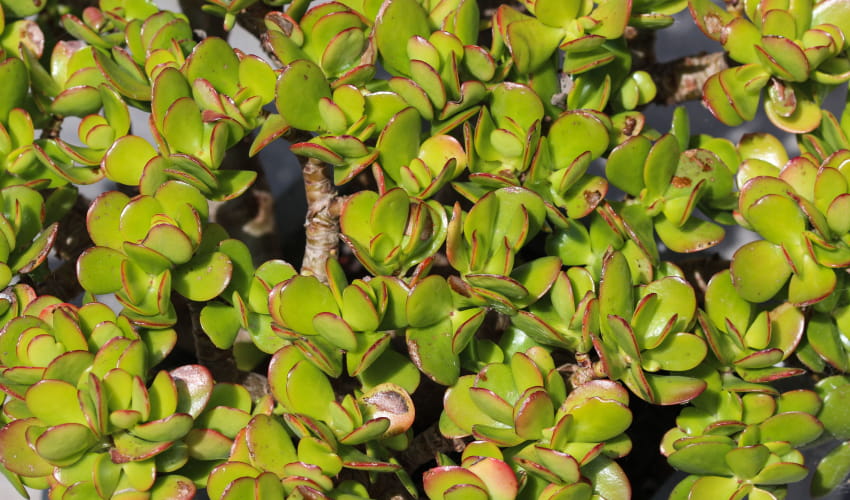
Crassula succulents are characterized by their thick, succulent leaves and often produce small, star-shaped flowers.
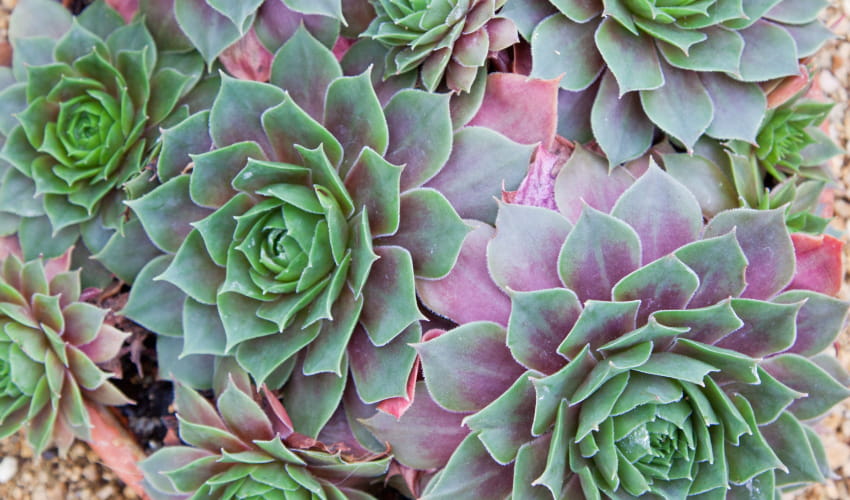
Sempervivum succulents, also known as “hen and chicks,” grow in rosettes and produce offsets that resemble miniature versions of the mother plant.
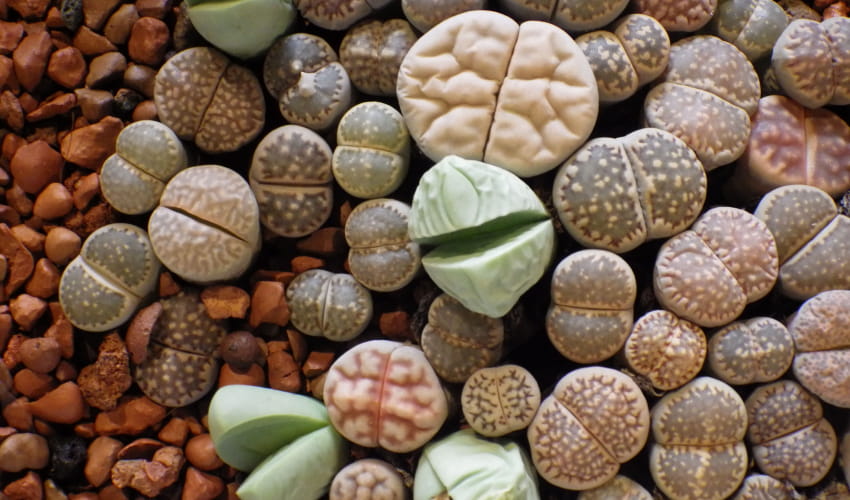
Lithops succulents, also known as “living stones,” have a unique appearance that resembles pebbles or stones. They come in a range of colors and patterns and are best known for their ability to blend into their surroundings.
Overall, there are many different types of succulents to choose from, each with its own unique characteristics and growing requirements. Whether you’re looking for a cacti succulent for a desert-inspired garden, an aloe succulent for its medicinal properties, or even edible ones, there is sure to be a succulent type that fits your needs and preferences.
Explore the different types of succulents
Understanding the different types of succulents is essential for any succulent enthusiast. Each type has its own set of physical characteristics, such as leaf shape, color, and texture, as well as unique features, such as flowers or patterns.
By learning about the different types of succulents, you can broaden your knowledge of and appreciation for these amazing plants. So go ahead and explore the world of succulents—you never know what new favorite you might discover!
Similar Topics in: Succulents
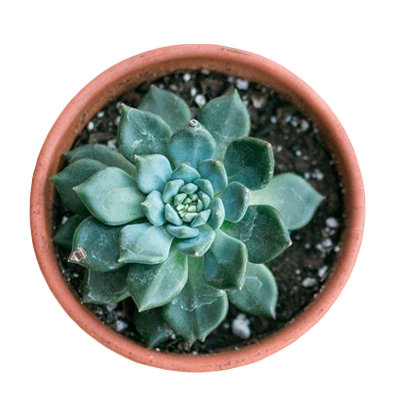
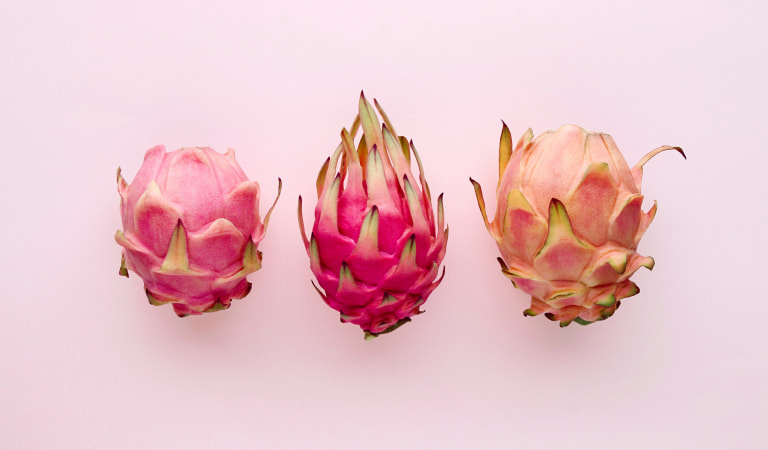
Leave a Reply